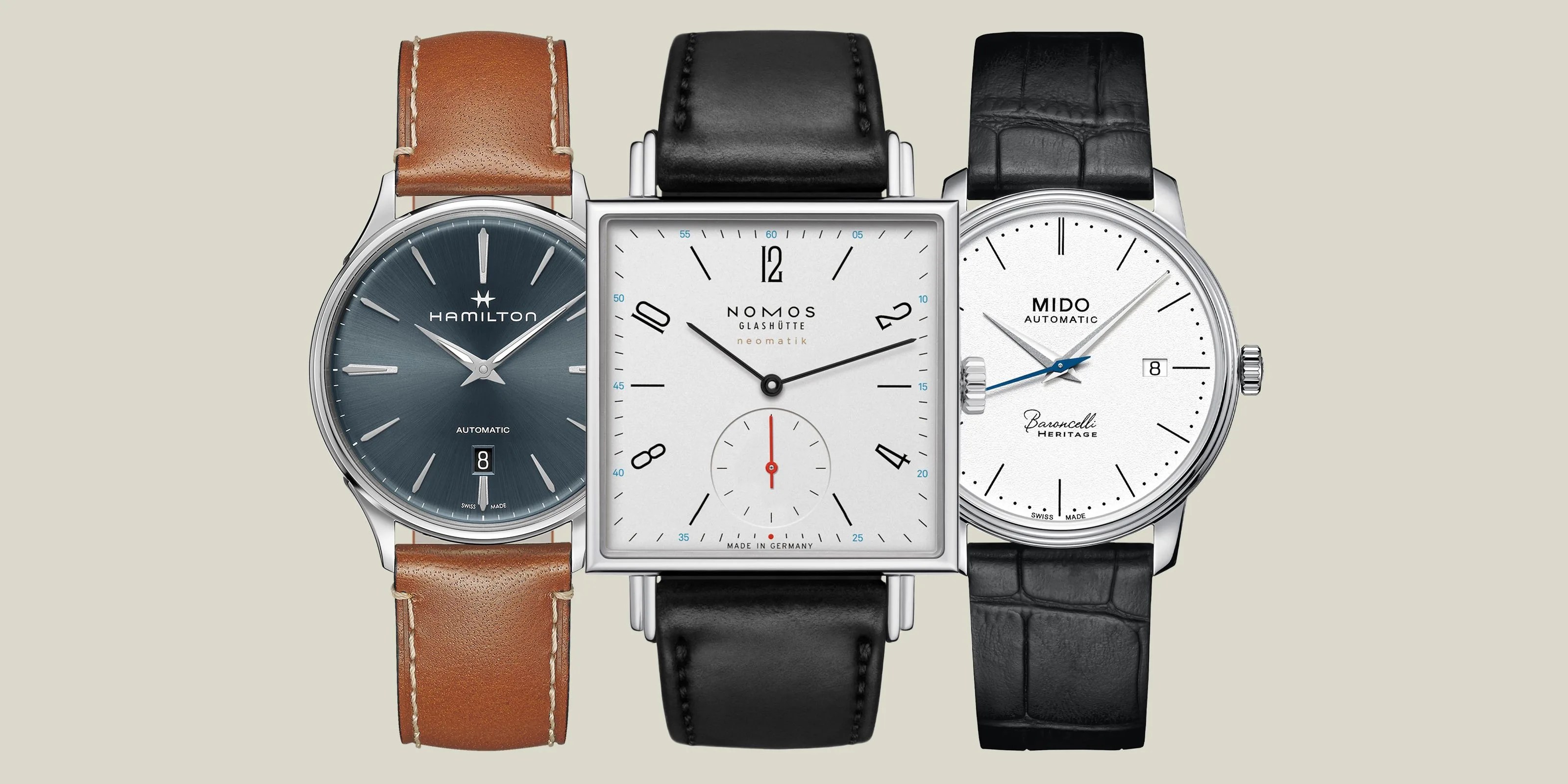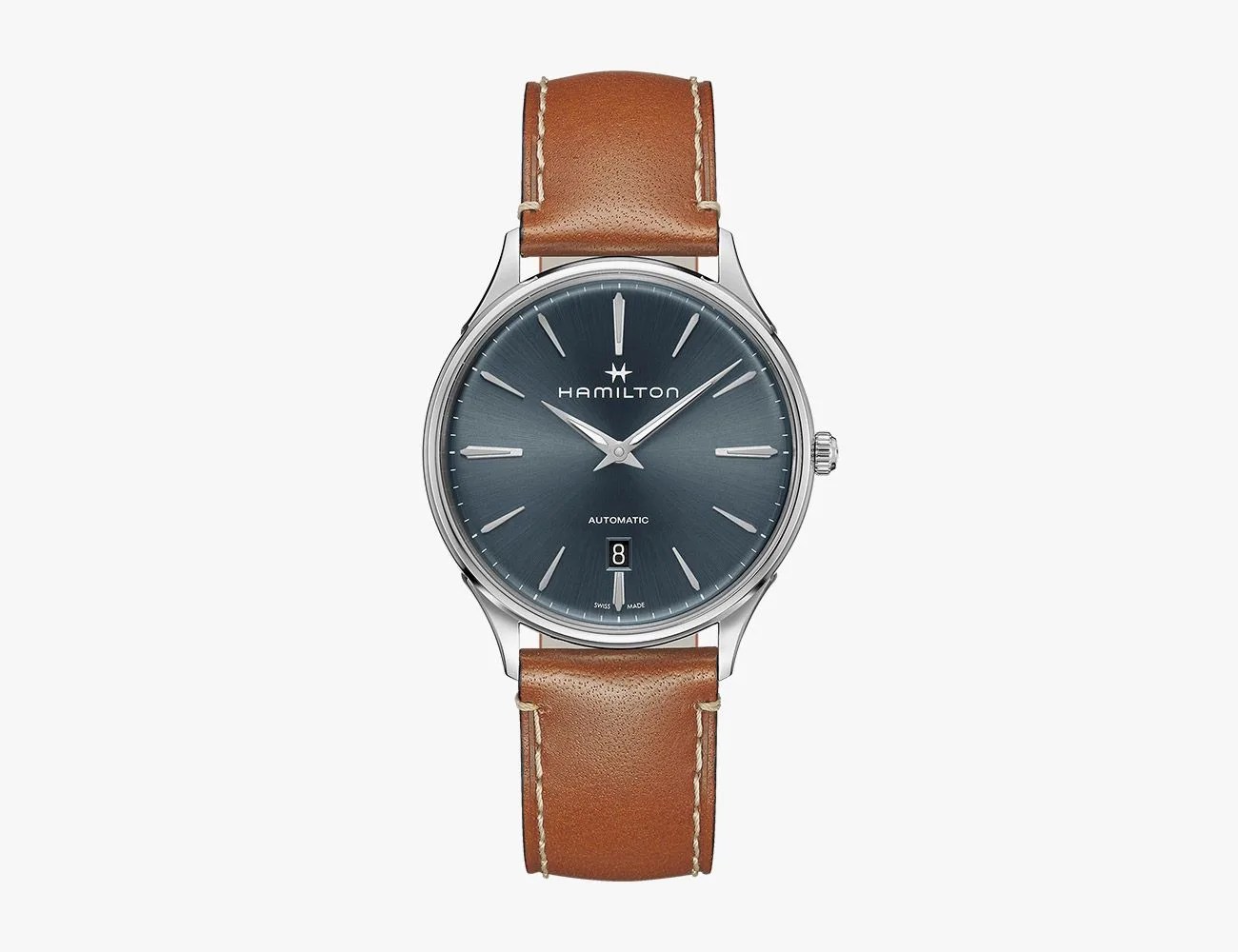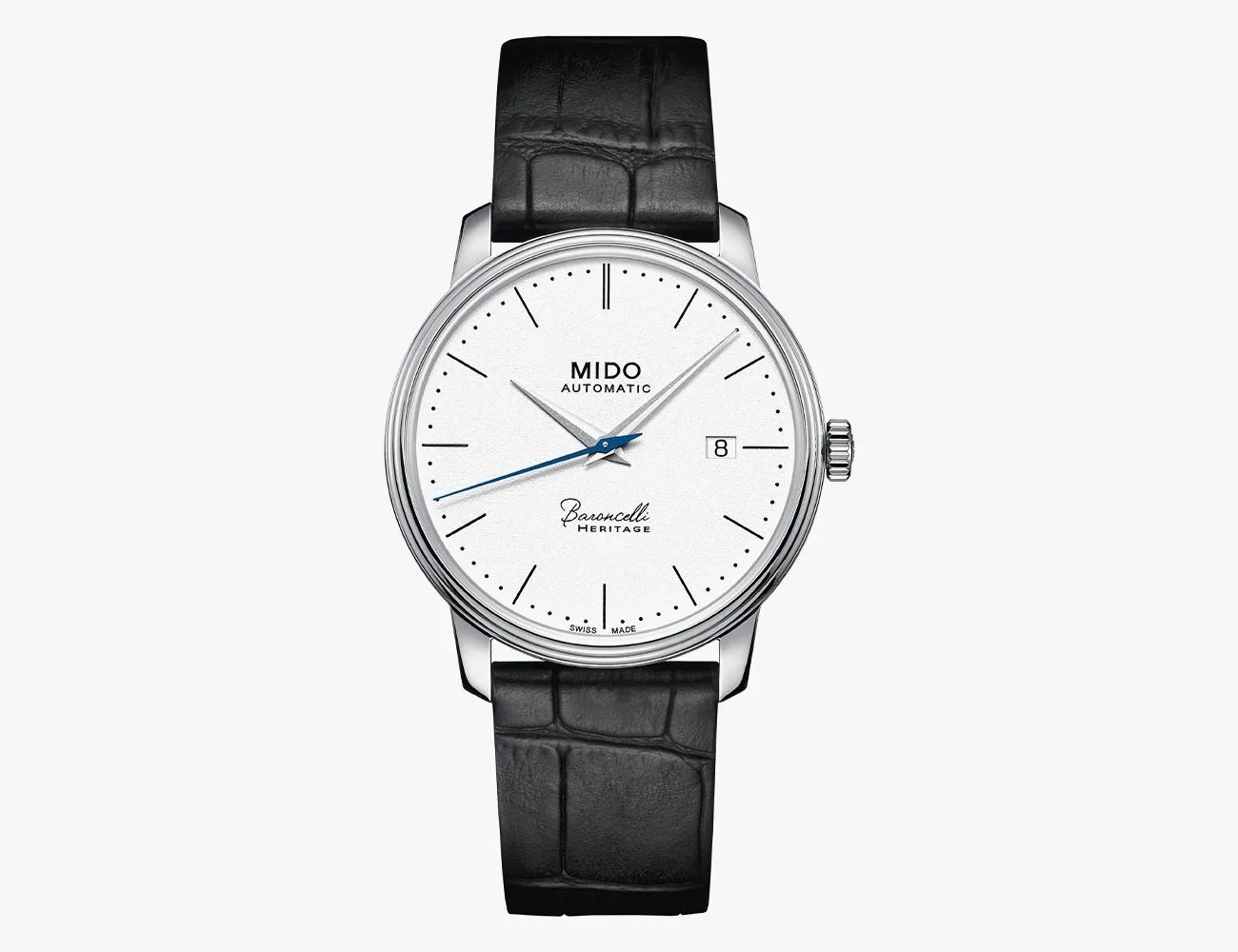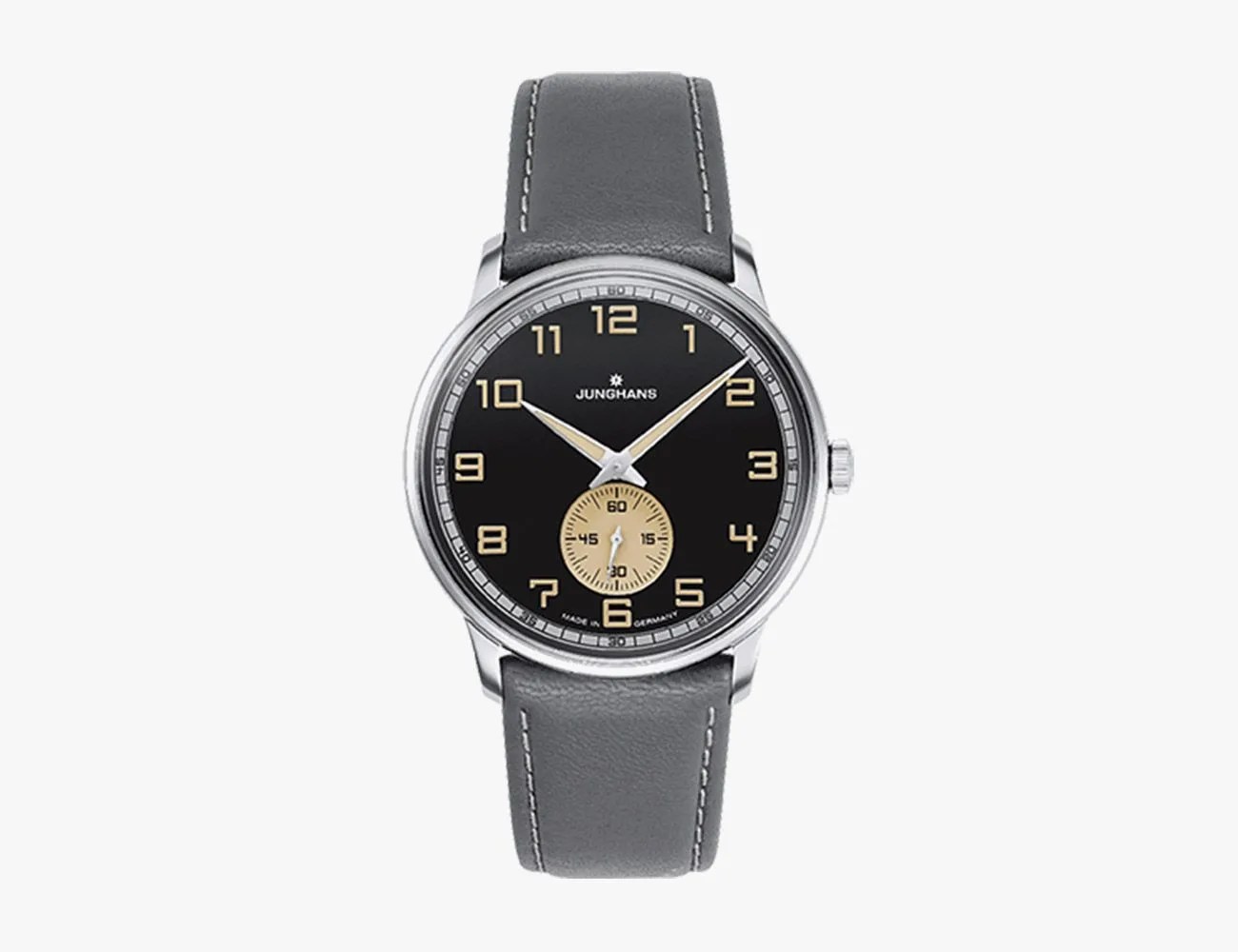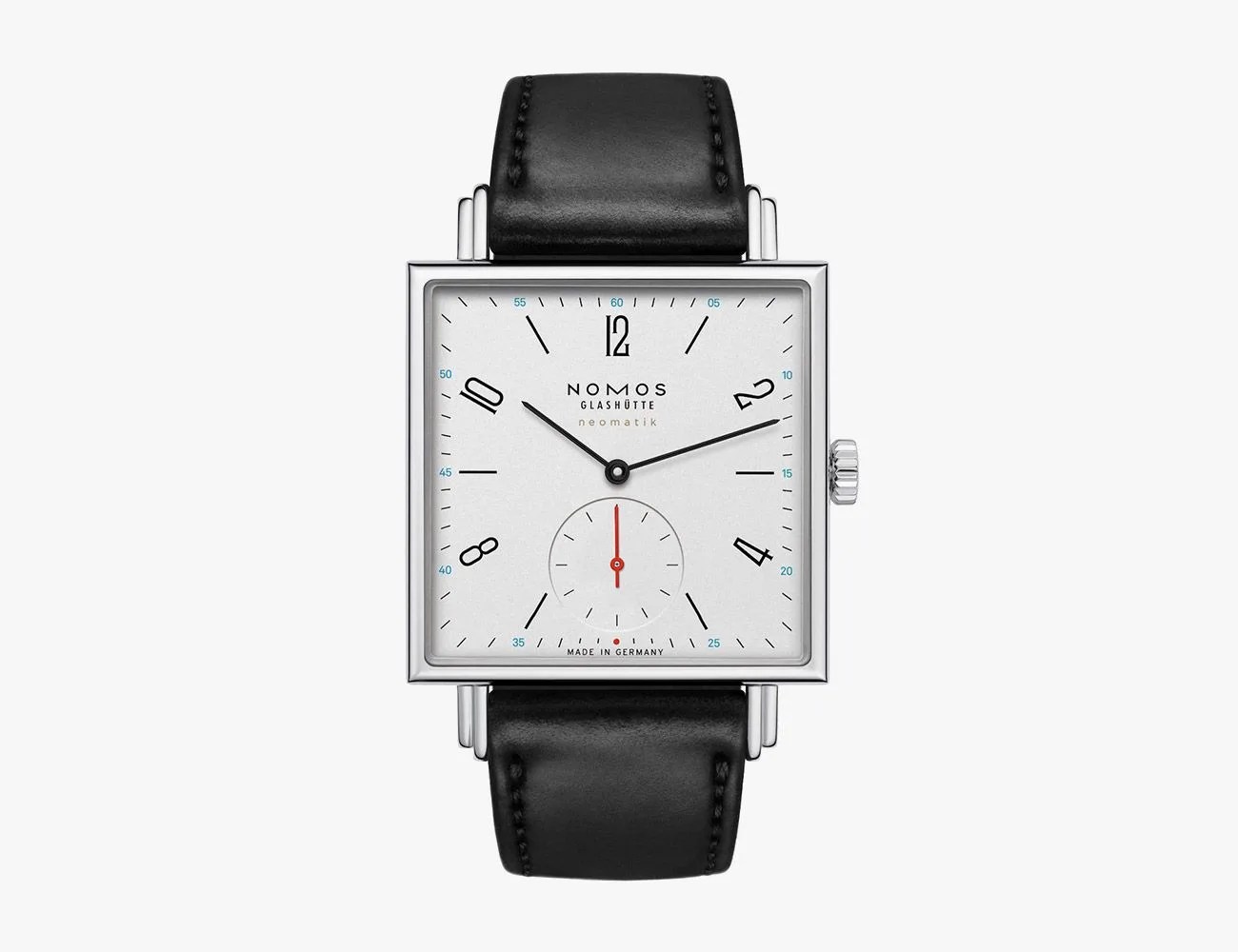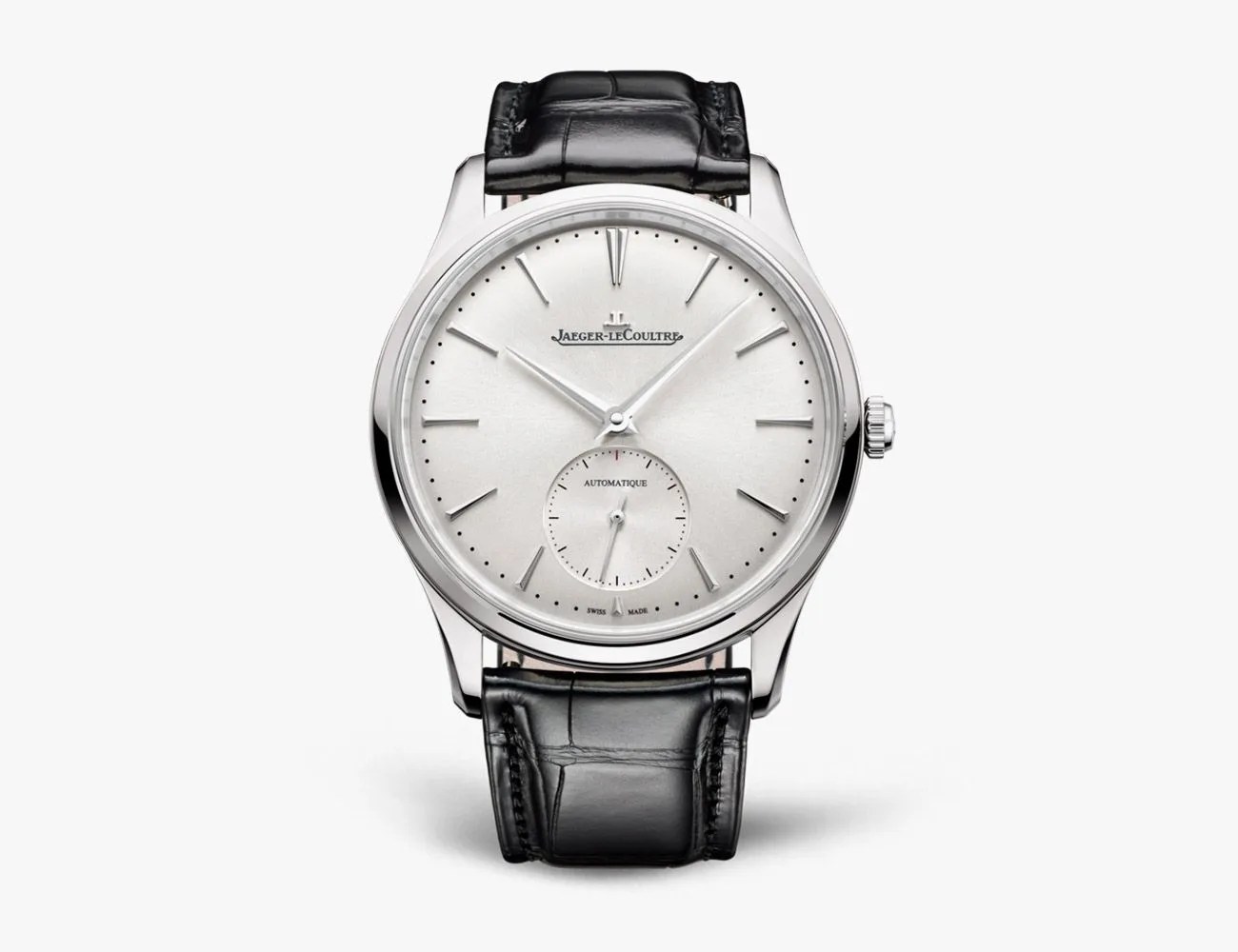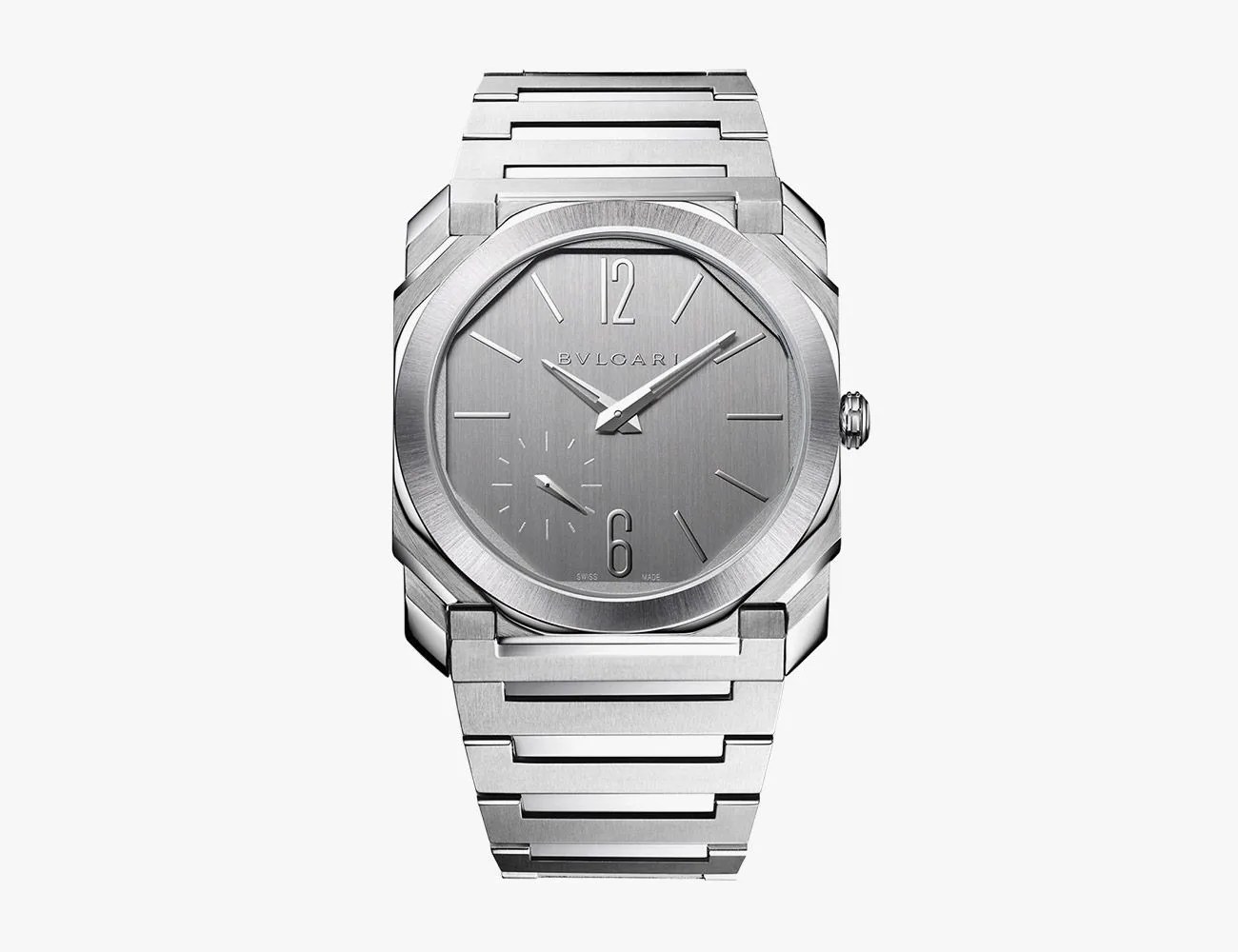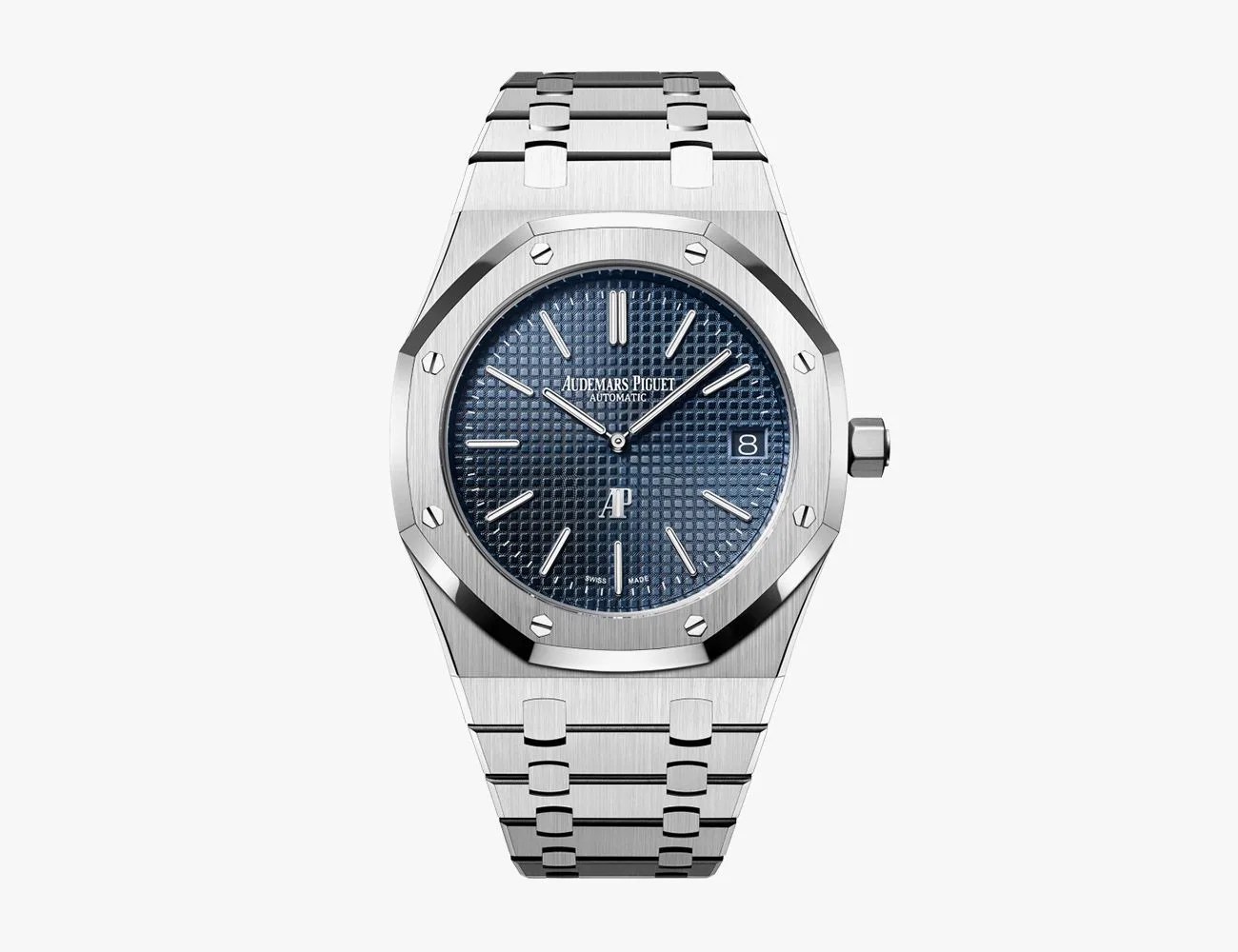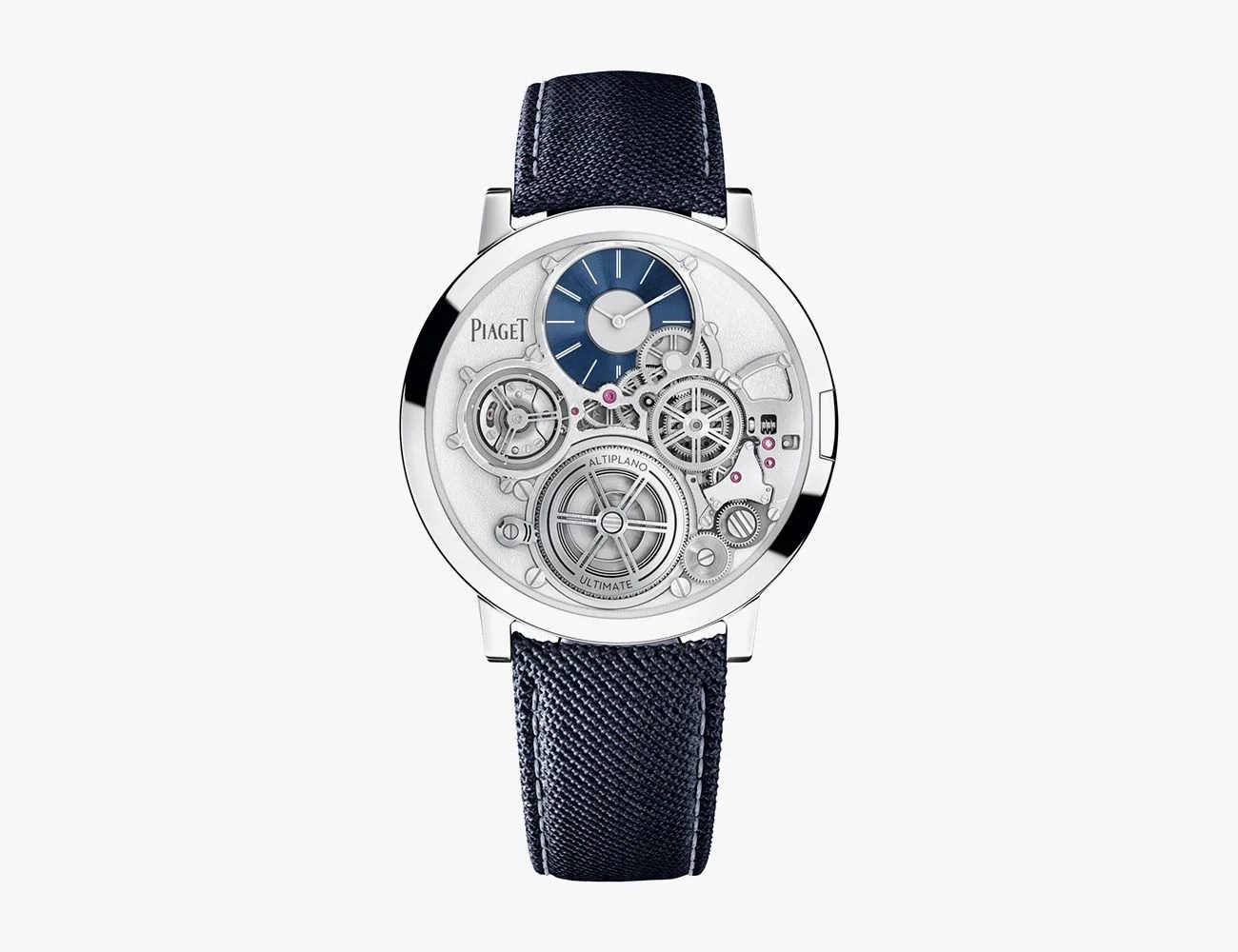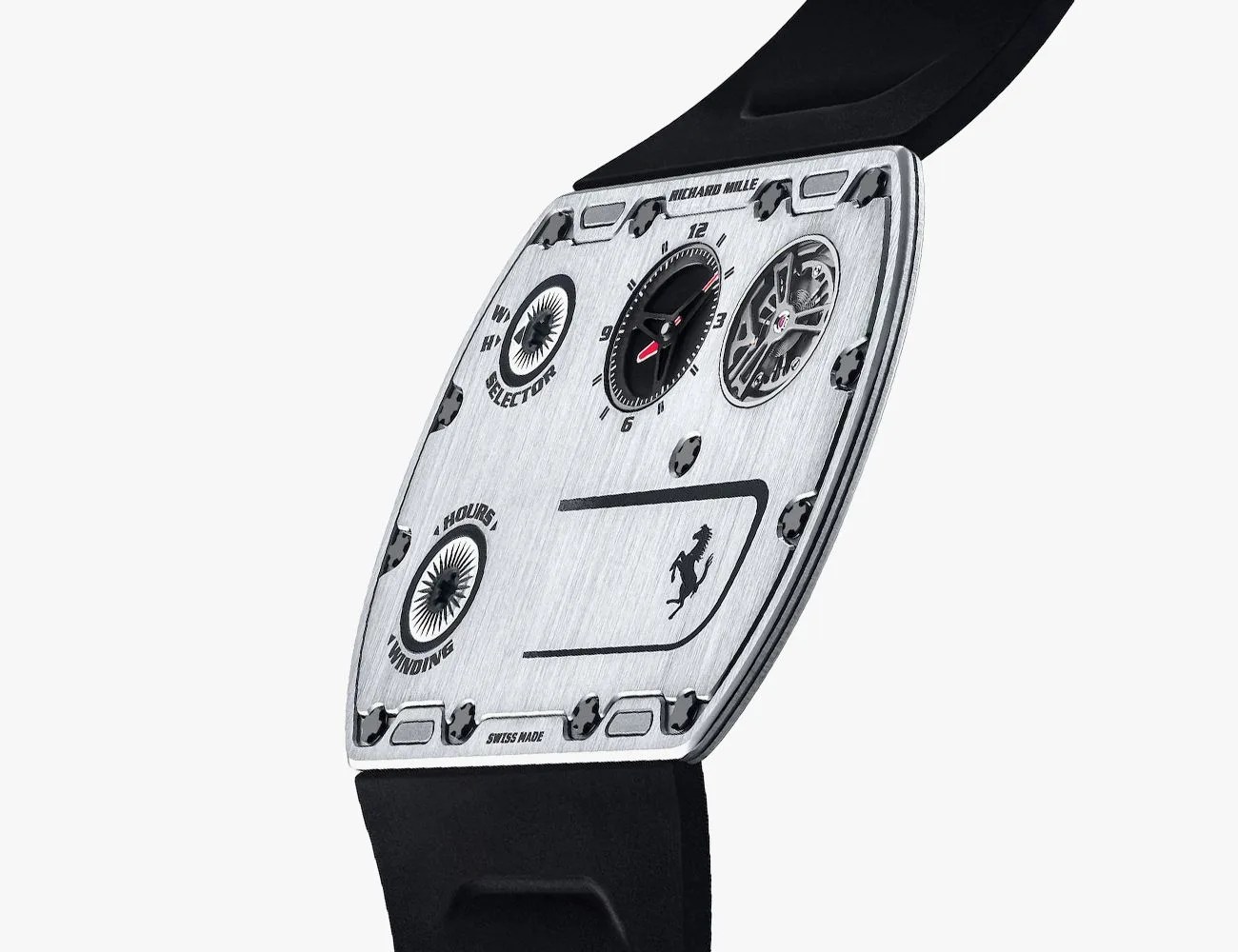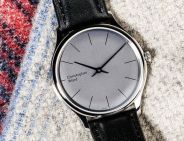The pursuit of creating ultra-thin watches is decades old, but the effort has heated up in modern times. Richard Mille, for example, is at the forefront with the current thinnest mechanical watch in the world, measuring an impossible 1.75mm thick, made all the more impressive by the fact that its construction is somewhat conventional in that its 1.18mm-thick movement is housed within an actual case rather than being built into it. That movement-as-a-case strategy had been used by Bulgari in its 1.8mm-thick Octo Finissimo Ultra, which claimed the world’s thinnest watch title just a few months before Mille’s RM UP-01 Ferrari stole its crown. Prior to RM entering the fray, Bulgari had been trading records with rival Piaget for years.
While they’re fun examples of how much watchmaking can be crammed in a small space, this super slim philosophy has been applied to a greater number of watches that, while a bit thicker than those record-holders, still retain the svelte design and packaging that make ultra-thin watchmaking so appealing while remaining realistically wearable. You’ll find a variety of them in this guide.
Products in the Guide
-
Hamilton Jazzmaster Thinline Auto
Read more -
Mido Baroncelli Heritage Gent
Read more -
Junghans Meister Driver Handaufzug
Read more -
Nomos Tetra Neomatik 39
Read more -
Jaeger-LeCoultre Master Ultra Thin Small Seconds
Read more -
Chopard L.U.C XP
Read more -
Bulgari Octo Finissimo Watch
Read more -
Audemars Piguet Royal Oak “Jumbo” Extra-Thin
Read more -
Piaget Altiplano Ultimate Concept
Read more -
Richard Mille RM UP-01 Ferrari
Read more
What Defines a Thin Watch?
Truly, there is no universally-accepted definition of what a “thin watch” is. For some wearers, a thin watch is simply one that feels comfortable on the wrist. For others, it’s a timepiece that easily slides under a tight-fitting dress shirt cuff. But generally speaking, anything clocking in with an overall case thickness (including the crystal) in single-digit millimeters is considered pretty thin. For the purposes of this guide, we went a little further and set our cut-off at 9mm.
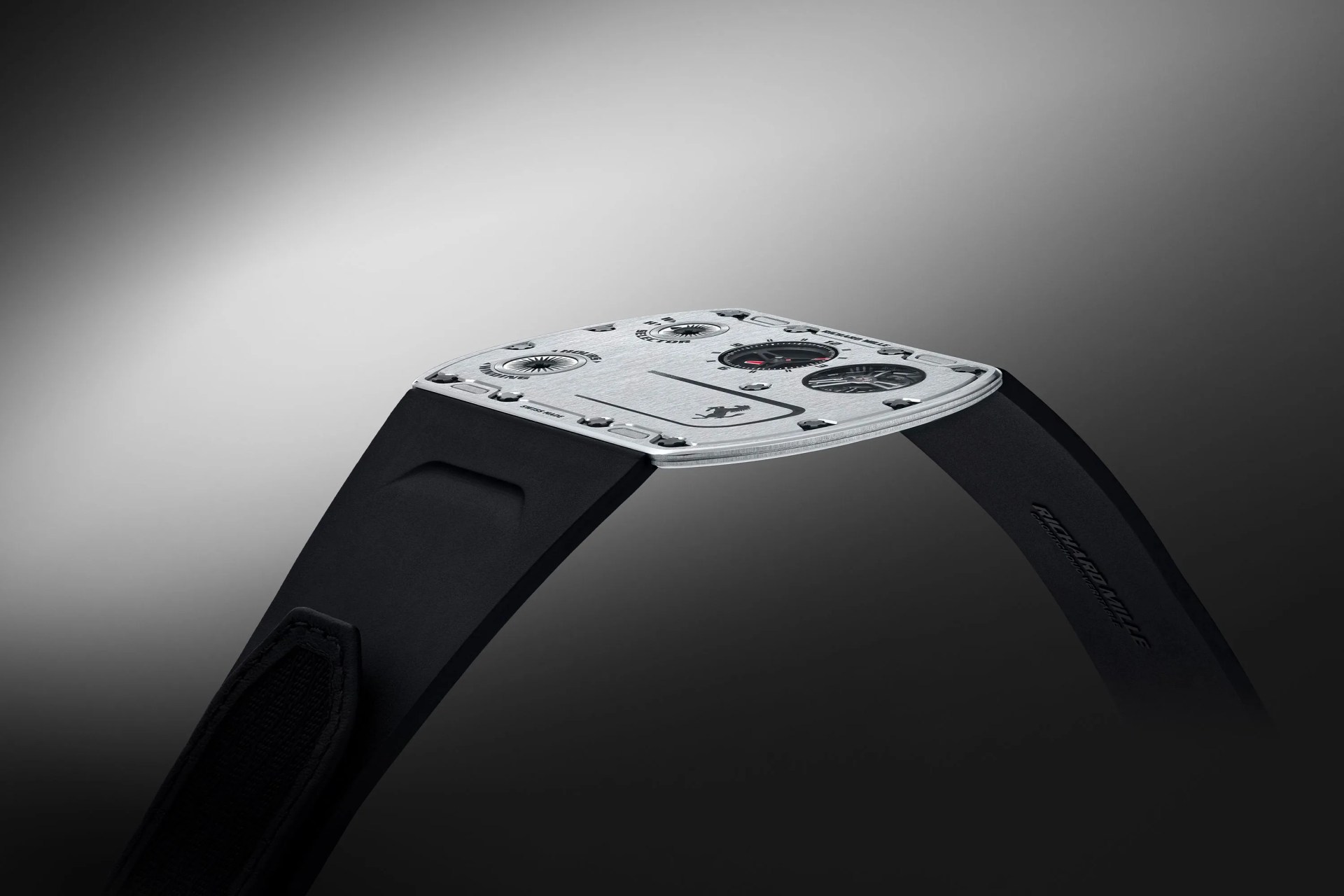
We also chose to limit our options to mechanical watches only and did not include any quartz watches. As a general rule of thumb, quartz watches are thinner than their mechanical counterparts, as their battery-powered movements lack the complex system of springs and gears that power hand-winding and automatic watches. Given this lack of moving parts inside, there’s no real challenge to making a thin quartz watch — the technology is inherently slim, and quartz watches thicker than 10mm are usually unnecessarily beefy. So, to better appreciate the engineering that goes into making an ultra-thin mechanical watch, we have focused solely on that space in this guide.
